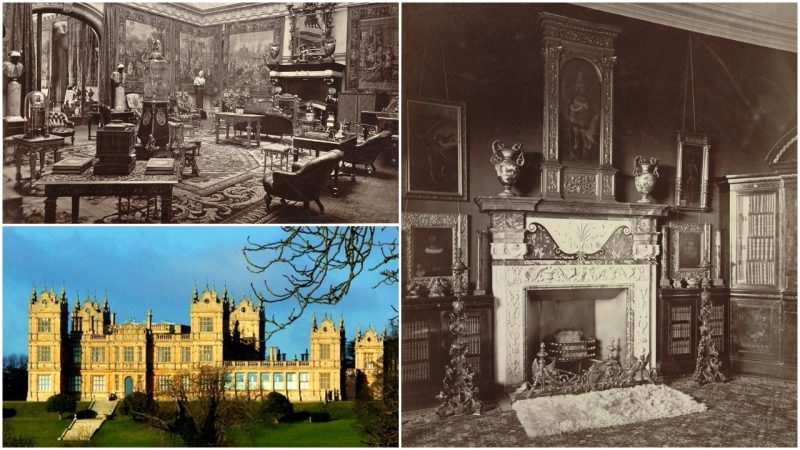Mentmore Towers is one of the finest English country houses of the Victorian Era. It was built in the mid 19th century for the banker and fine art collector Baron Mayer de Rothschild.
The Baron was the grandson of Mayer Amschel Rothschild, the founder of the famous Rothschild banking dynasty, which would become one of the wealthiest families in the world and a frequent subject of conspiracy theories. The Mentmore property was the first in a series of manors that was built for the family in the region of Buckinghamshire, England.
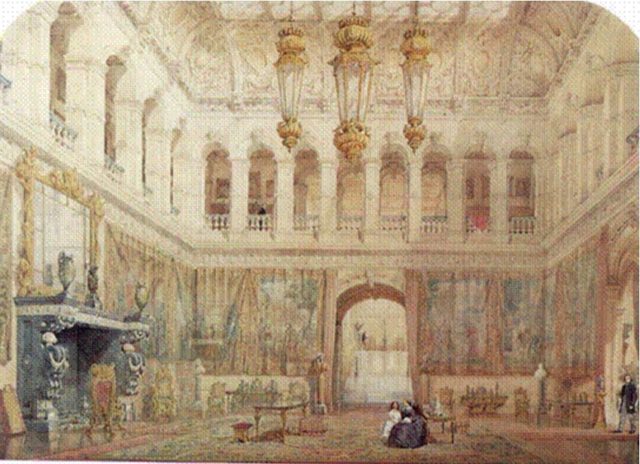
The manor was designed and constructed by a team of architects including Sir George Paxton, the designer of the much applauded Crystal Palace in Hyde Park, London. Paxton focused on the ridge and furrow glass roof which covered the central hall, one of the grandest rooms in Mentmore. Its interiors were predominantly inspired by the Italian Renaissance, though the house also contains drawing rooms and cabinets in late 18th century French style. The overall look of the manor resembles Robert Smythson’s Wollaton Hall, an Elizabethan country house of the 1580s situated in Nottingham.
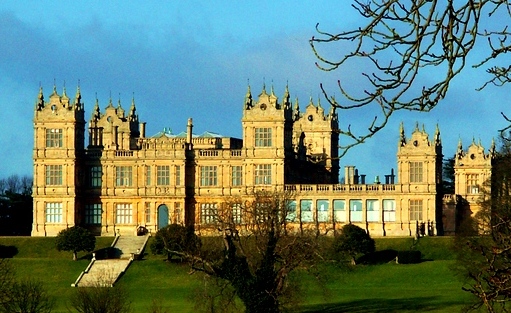
For generations, the Mentmore Towers remained in the possession of the Rothschild family. After the death of Baron Mayer, the ownership of the manor went to his daughter Hannah, later Countess of Rosebery. Later, the house went in hands of her widower, Archibald Phillip Primrose, who was also a Prime Minister from 1894 to 1896. His son, Lord Dalmeny inherited the property in the 1920s.
The Mentmore owners maintained good relationships with several directors of national museums across the country. As a result of those friendships, Mentmore served as one of the locations during the Second World War where the British government stored part of the national art collections. The stored items featured pieces from the National Portrait Gallery, the first gallery worldwide to ever collect portraits of historically important and famous people.
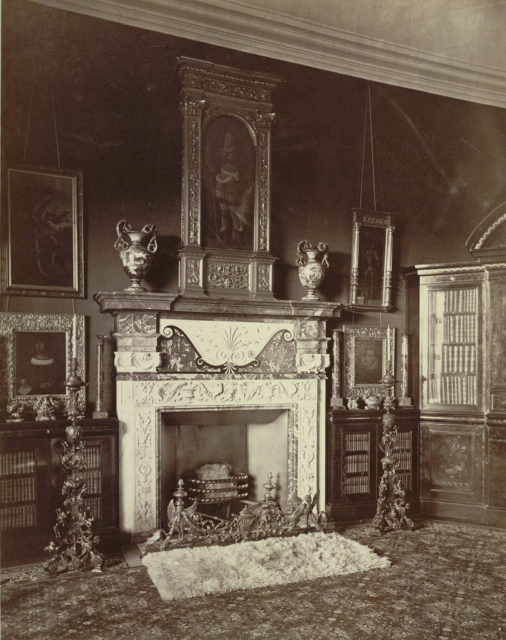
During WWII, the manor also sheltered some pieces of the art collection of the British Royal Family, which is considered to be the largest private art collection in the world. One of the exhibits that found refuge in this manor was the famous Gold State Coach, an enclosed, eight horse-drawn carriage used by the British Royal Family back in the day. Further works that were transferred to Mentmore included portraits from Speaker’s House in the Palace of Westminster, as well as tapestries, furniture and Grinling Gibbons carvings from Hampton Court Palace.
All contents were stored in the so-called “battery room”, or the “refuge”, at Mentmore. The room was in the outbuildings of the estate from where gas and electric light were distributed to the whole property. Four men guarded the refuge at night, and two during daylight.
The manor remained in possession of the eminent family until 1977. At that time, the Victoria and Albert Museum attempted to negotiate a possible purchase of the Mentmore for the nation through the government’s National Land Fund. Had these negotiations been successful, the Mentmore would have been England’s finest museum of European furniture, objets d’art, and Victorian Era architecture. However, the government rejected a deal to purchase the property which was worth £2 million, or equal to more than £20,000,000 nowadays.
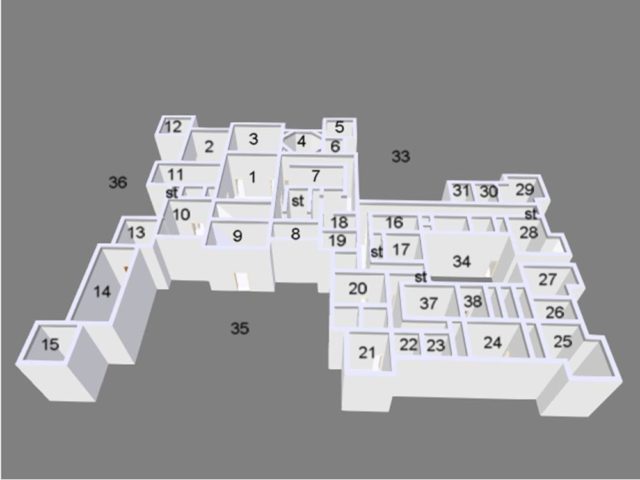
What followed was a public auction where some of the most appraised items of the house collection were sold for £6,000,000, a sum believed to be just a tiny fraction of its real estimated worth. Among the sold items were paintings by eminent artists like Gainsborough, Reynolds, Boucher or Drouais; works by cabinet makers like Jean-Henri Riesener and Chippendale, as well as works from the finest Russian and German silver and goldsmiths. It is speculated that this collection has been one of the most prestigious ever to be assembled in private ownership, apart those of the Russian and British royal families.
After the auction, the property was sold to the Maharishi Foundation, and in 1999, it was re-sold to investor Simon Halabi who envisioned the site as the first six stars hotel in Europe. His plans failed as well. Fears that weather conditions will damage the interiors of the buildings, resulted in listing the Mentmore under the “Risk register” of the English Heritage.
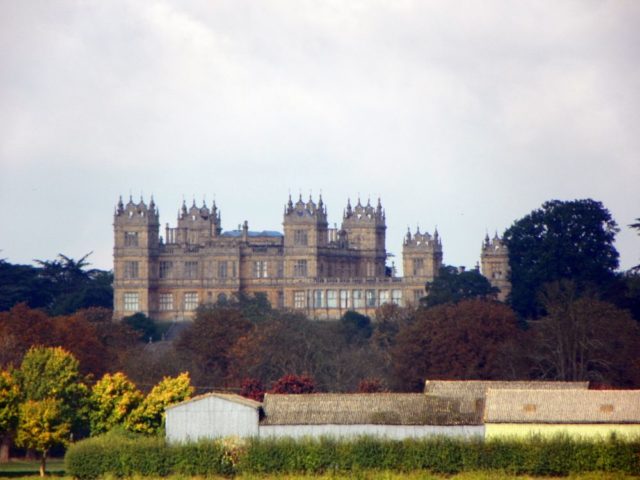
In 2009, the Rueben Brothers became the new owners of the manor and their intentions were to renovate the original Mentmore Towers.
The site made the setting for a couple of movies in the period between 1985 and 2003, including Stanley Kubrick’s Eyes Wide Shut, Philip Kaufman’s Marquis de Sade biographical film Quills, and Christopher Nolan’s Batman Begins.
